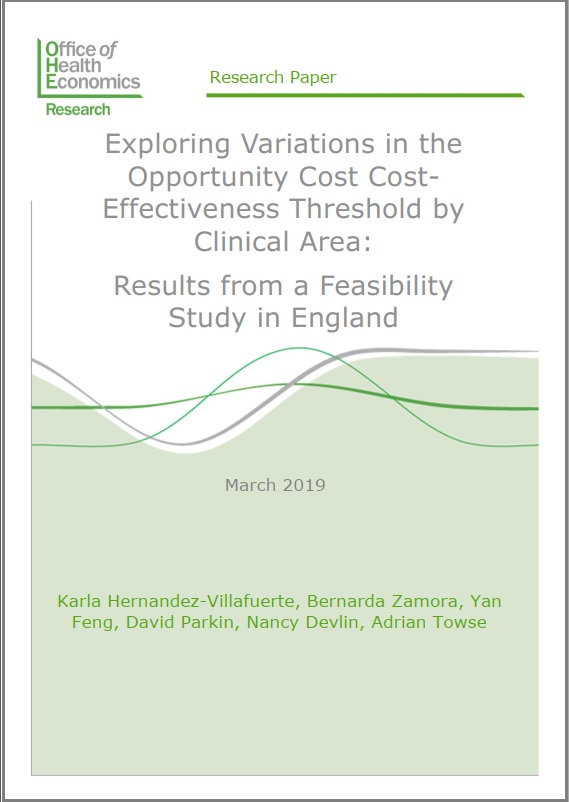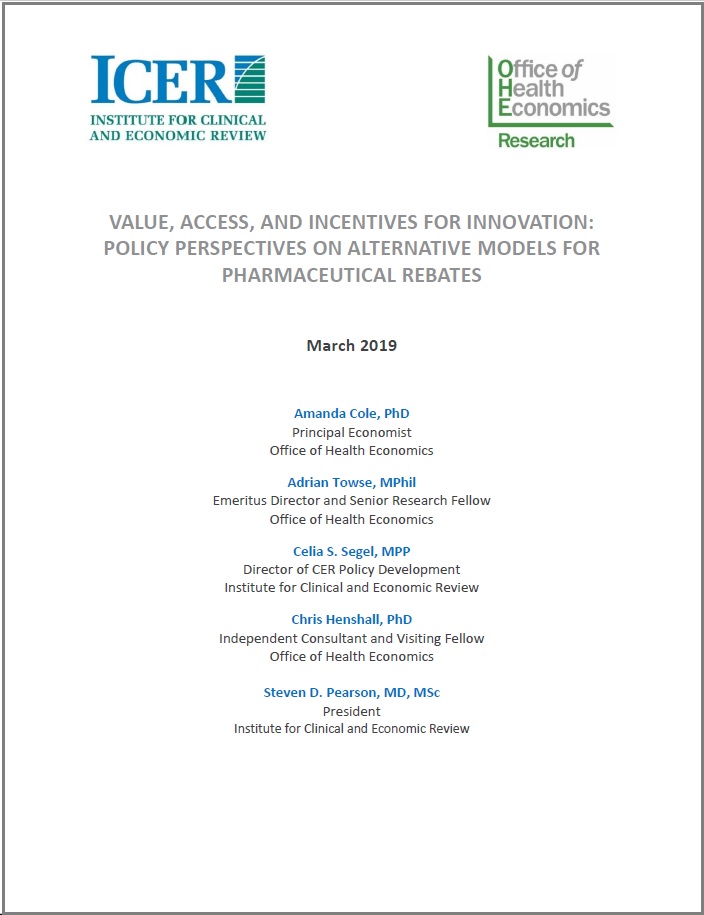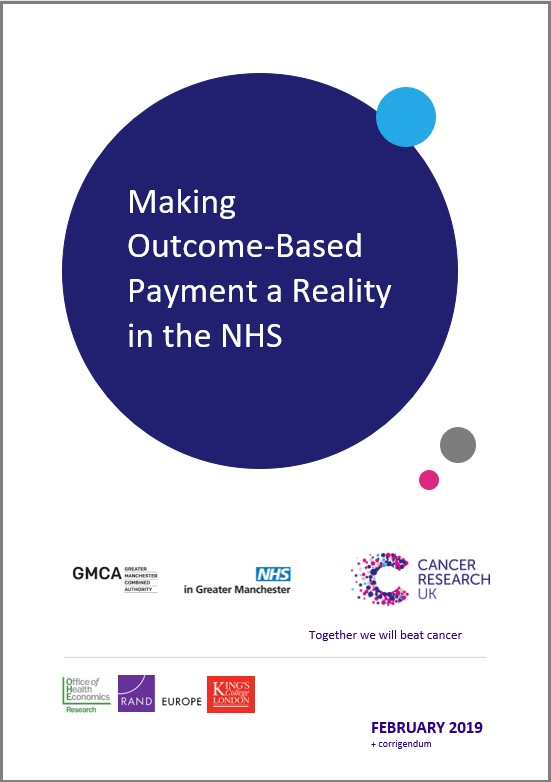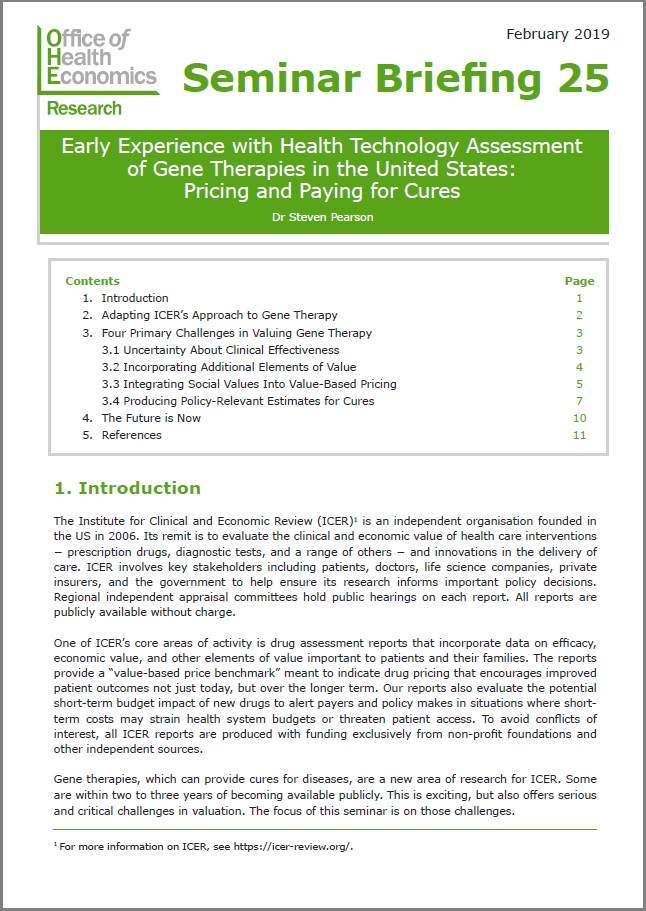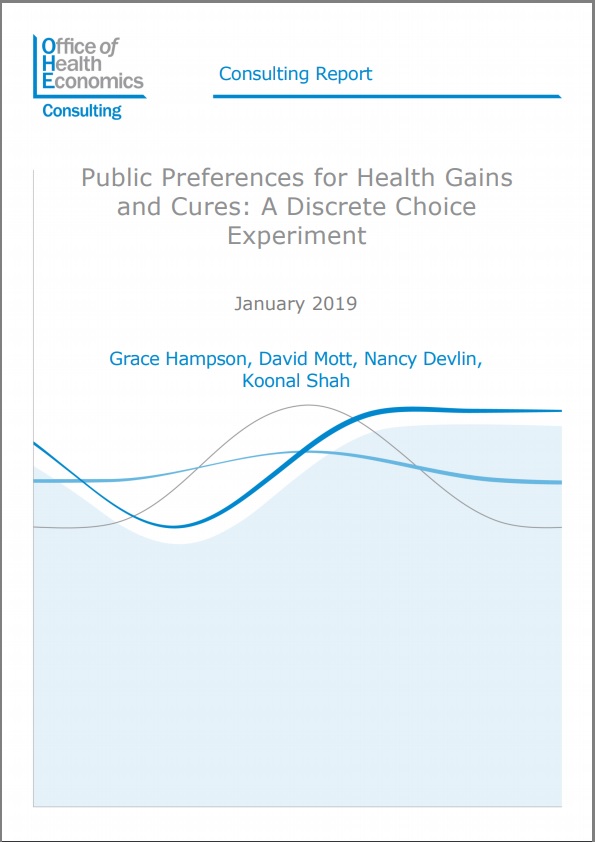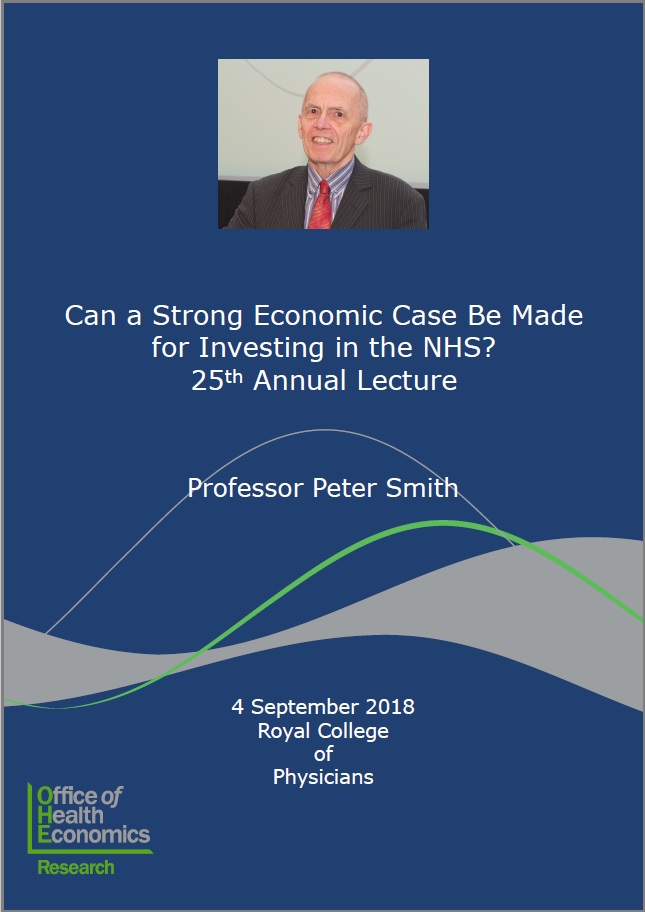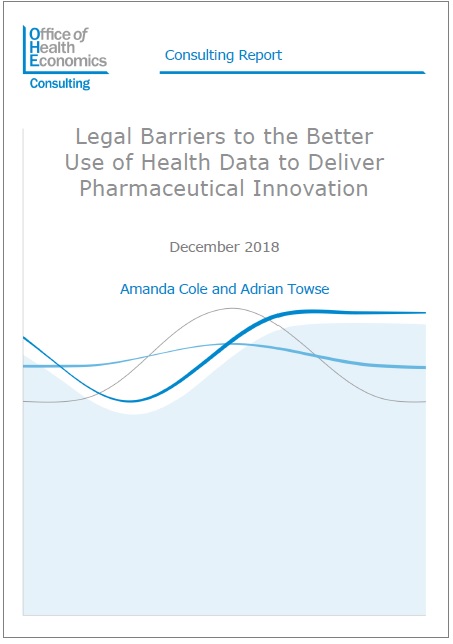Sign up to our newsletter Subscribe
Just published in Social Science & Medicine: a review of stated preferences examining the extent of support for an end of life premium.
A source of debate in the health care priority setting literature is whether to weight health gains to account for equity considerations, such as concern for those with very short life expectancy. This issue is particularly pertinent in England, where since 2009 NICE has adopted a supplementary policy in its technology appraisal programme that effectively applies a premium for life-extending end of life treatments. Public preferences have been cited as a rationale for this policy, but until now no published literature review has been available examining the extent of societal support for an end of life premium.
In a new paper, just out in Social Science & Medicine, we review 23 empirical studies that sought – either directly or indirectly – to understand people’s preferences regarding the value of end of life treatments. Earlier versions of the review were presented at a seminar at Erasmus University Rotterdam and at the Pharmaccess Leaders Forum. We recently updated the review to capture studies published until October 2017.
The evidence is mixed overall, with eight studies that report evidence consistent with a premium for end of life treatments and 11 studies that do not. The remaining studies were considered to have reported mixed or inconclusive evidence. While the number of studies included is insufficient to permit meaningful testing of statistical associations, it appears that the findings of studies may be influenced by methodological and design choices (see table).

An open access version of the review is currently available for free download. Click here to access the paper (free access ends on 7 May 2018).
Cite as: Shah, K.K., Tsuchiya, A. and Wailoo, A.J., 2018. Valuing health at the end of life: A review of stated preference studies in the social sciences literature. Social Science & Medicine, 204, pp.39-50.
The review is the latest output from a long-standing research collaboration between OHE and Professors Aki Tsuchiya and Allan Wailoo from the University of Sheffield’s School of Health and Related Research. Related publications include:
- Shah, K.K., Tsuchiya, A. and Wailoo, A.J., 2015. Valuing health at the end of life: A stated preference discrete choice experiment. Social Science & Medicine, 124, pp.48-56. [available open access here]
- Shah, K.K., Tsuchiya, A. and Wailoo, A.J., 2014. Valuing health at the end of life: an empirical study of public preferences. European Journal of Health Economics, 15(4), pp.389-399. [available here]
- Shah, K.K., Tsuchiya, A. and Wailoo, A.J., 2011. Valuing health at the end of life: an exploratory preference elicitation study. OHE Research Paper. London: Office of Health Economics. [available open access here]
The findings from a further study examining the impact of framing effects and study design considerations on end of life-related preferences were presented at the meeting of the International Academy of Health Preference Research in November 2017. A full write-up will be published later this year.
